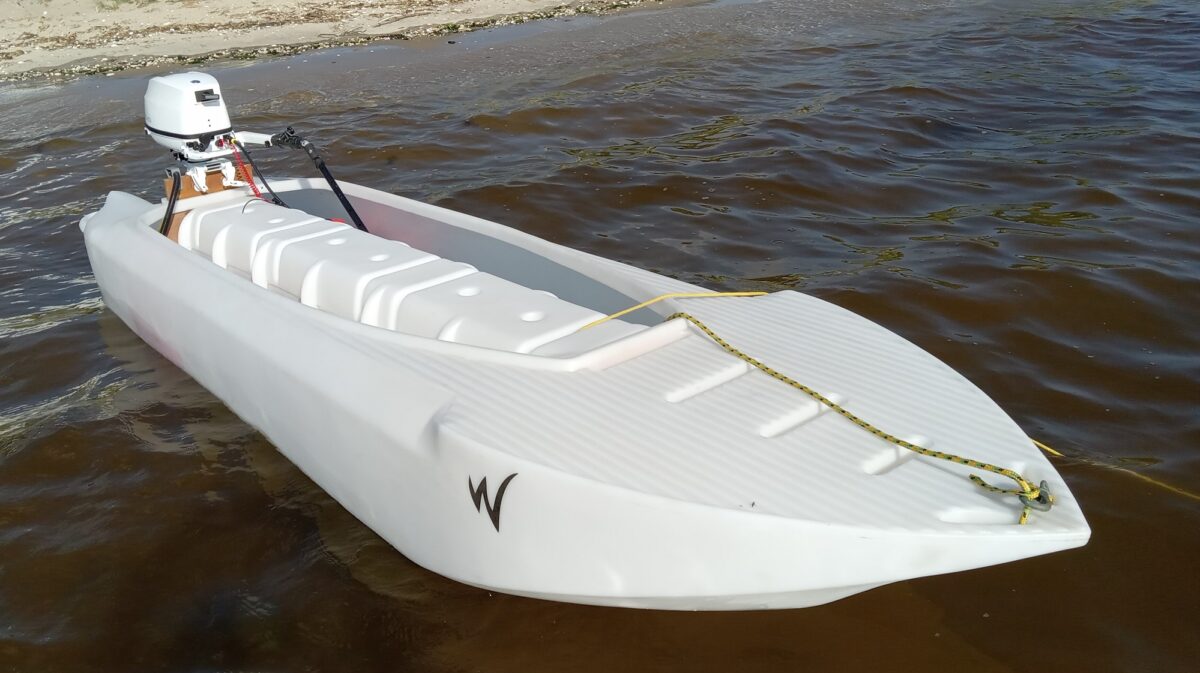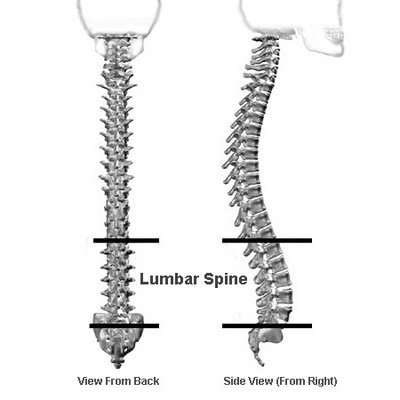Ergonomics has to do with comfort, and ergonomic kayak design implies that the person using the kayak should be comfortable being in it, and using it.
But Ergonomics is also about bio mechanics, or more specifically bio mechanical engineering, which has to do with how the user operates the kayak, their effective range of motion, and how effectively they can propel the kayak without getting injured or tired doing so.
When fishing kayaks are concerned, ergonomics and bio mechanics are related to questions such as how hard it is for an angler to cast from the kayak, is it possible for them to fish from it for more than a short time without feeling back pain, tingling and numbness in their legs.
Other questions may be how hard it is to enter the kayak when launching it, and hard it is to get out when beaching, how difficult is it to balance the kayak in case you’re standing on it and attempting to fish, and more.
The best reference related to the fundamental issue of back pain is an article called Lumbar Spine and Kayak Back Pain, from which we brought this excerpt:
As you can see, the lumbar spine consists of rigid vertebrae and more flexible cartilage between them. This part of the spine supports the combined weight of the upper part of the body, including the torso, head and arms, and it is normally supported by the massive structure of the hip bones below.
In other words, in its natural state, there is nothing that pushes, holds, or supports the lumbar spine from any direction except from its top and bottom, and what holds it in this normal position are the muscles around it.How Did the Lumbar Spine Become a Problem for Kayak Fishermen and Paddlers?
The native people of the arctic, who originally created the first kayaks were used to sit down on the floor with their legs stretched forward, and therefore didn’t have any use for additional support for their lumbar spine. This is why native kayaks did not feature a backrest, or any other ‘lumbar support’.
When Westerners began paddling those aboriginal kayaks they noticed they had problems staying upright with their legs stretched forward, in the posture known as the L position. This is because they were not used to sitting in this position in everyday life, and the muscles in their body weren’t adjusted to it. Rather than adjusting the paddler to the kayak, designers and manufacturers decided it would be easier to try and adapt the kayak to the paddler, and introduced a combination of backrest and footrests designed to lock the kayakers in the L position, and prevent their upper body from ‘falling’ backward or sliding forward (‘slouching’).
The kayak paddler, or fisherman is effectively ‘supported’ by three rigid points anchored in the kayak: two footrests and one back rest. By continuously pushing against those three points, the kayak fisherman’s legs provide the power necessary to maintain his body in its place, and in the required posture.

